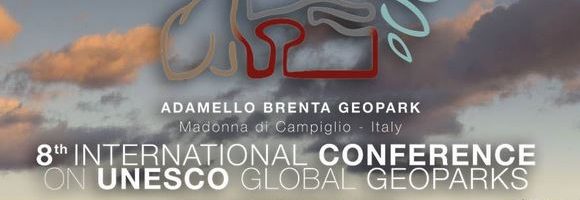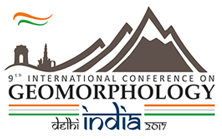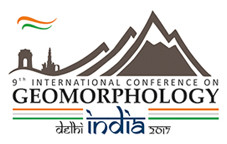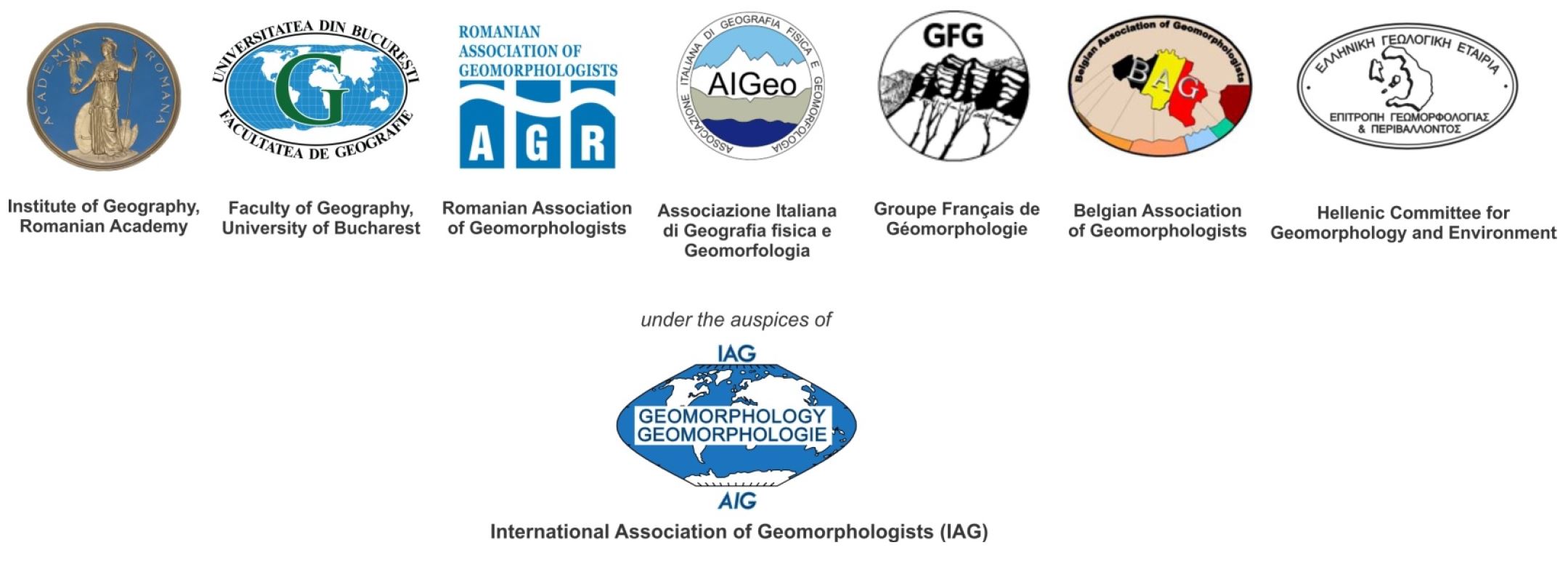
The IAG granted its auspices for the 19th Edition of the Joint Geomorphological Meeting (Italy, Romania, France, Belgium, Greece), took place in Buzău, Romania May 16-20 entitled “From field mapping and landform analysis to multi-risk assessment:challenges, uncertainties and transdisciplinarity”. Organized by the Institute of Geography (Romanian Academy) and the Faculty of Geography (Univ. of Bucharest) under the auspices of the International Association of Geomorphologists (IAG) and the Geomorphologists Associations from Romania, Italy, France, Belgium and Greece, the Conference gathered together two scientific events with a long history – the 19th Joint Geomorphological Meeting Italy-Romania-France-Belgium-Greece andthe 34th Romanian National Symposium on Geomorphology, dedicated to 50 years of activity of Pătârlagele Natural Hazards Research Center.The Conference attracted 80 participants from 8 countries (Italy, France, Belgium, Greece, Japan, Canada, Poland and Romania), for two days of keynote lectures, oral and poster presentations alternating with two field trips in the Vrancea seismic region (the Curvature sector of the SE Carpathians). The conference aimed to encourage participation from all geomorphology fields, as well as inter- and transdisciplinary research, to provide a high-level but also a comfortable and friendly framework, to promote active discussions and challenging scientific debates. The topic of the conference was outlined by 7 keynote lectures:
- Emil Sever Georgescu: Seismic landscape of Romania: challenges of a specific paradigm;
- Monique Fort: Earthquakes impact on geomorphology (landforms and processes) in the Himalayas at different time scales;
- Takashi Oguchi: Digital elevation models and their applications in geomorphology: historical review and future perspectives;
- Alessandro Chelli: The activities of AIGeo Working Groups towards a new applied geomorphic map;
- Olivier Dewitte: Landslide hazard assessment in an urban-sprawling context. A geomorphological approach in Bukavu, DR Congo;
- Florin Pendea: Transdisciplinary approaches to advancing knowledge of glacio-isostatic rebound in Northern Canada;
- Konstantinos Vouvalidis: Hydromorphological assessment of suburban torrents for flood protection: the flood event of West Attica, Greece).
In addition, 23 oral plenary presentations brought into discussions issues like tectonic jointing/control on large landslides occurrence/evolution, seismic landslides, the use of dendrochronology in the study of shallow and deep-seated slides or debris flows, glaciated karst, permafrost distribution modelling, improved landslide scarp detection, geoarchaeology and anthropogenic geomorphology, flood risk and reservoir siltation, anthropogenic subsidence,paleogeographic transformations, medium-term morphodynamics, natural variability and human influence in the evolution of deltas, variability in sediment budgets at river mouths, zoogeomorphic impact of animals in alpine environments or the use of multi-temporal satellite interferometry in landslide detection and monitoring, found their position in the multi-hazard paradigm. During a 3-hours long session, including 2-minute madness presentations, 25 posters with the following topics were intensely debated: fluvial multi-temporal evolution and risks (from fluvial terrace formation and channel forming and discharge to financial losses); snow avalanche susceptibility mapping; paleo-reconstruction of floodplains; coastal evolution patterns and nearshore sandbars positioning; mountain climate variability and its influence on permafrost and frost weathering; geomorphological assessments of major landslides and their role in relief evolution; neuro-fuzzy systems and neural network technology for drainage sub-basins classification and slope erosion by runoff analysis; changing Alpine glacier forelands; hillslope – river channel coupling, etc.

Two field trips were organized on Friday 18th May and Sunday 20th May, which provided a detailed image of the multi-hazard hotspot of Buzău Carpathians and Subcarpathians, on the conceptual framework of single-to-multi-hazard assessment and on the inter- and transdisciplinarity characteristics of geomorphology within a multi-risk approach. A multi-hazard hotspot of Europe, Vrancea seismic region is offering the perfect framework for observing, discussing and evaluating a multi-risk environment, where forms and processes, alongside prediction, modelling and validation of single and multi hazards are fitting perfectly within an extremely complex yet challenging system of approaches. The field trips were focused on high magnitude-low frequency landslides (deep seated, mainly dormant, with large reactivation potential) and their climatic and seismic triggers. Aspects concerning deepfocal seismicity, litho-structural conditioning, active and blind faults were also discussed. The human impact on the environment was emphasized through case-studies like road and reservoir construction. Morphodynamic mapping, landslide susceptibility and hazard scenarios,numerical and statistical models were detailed through field examples.
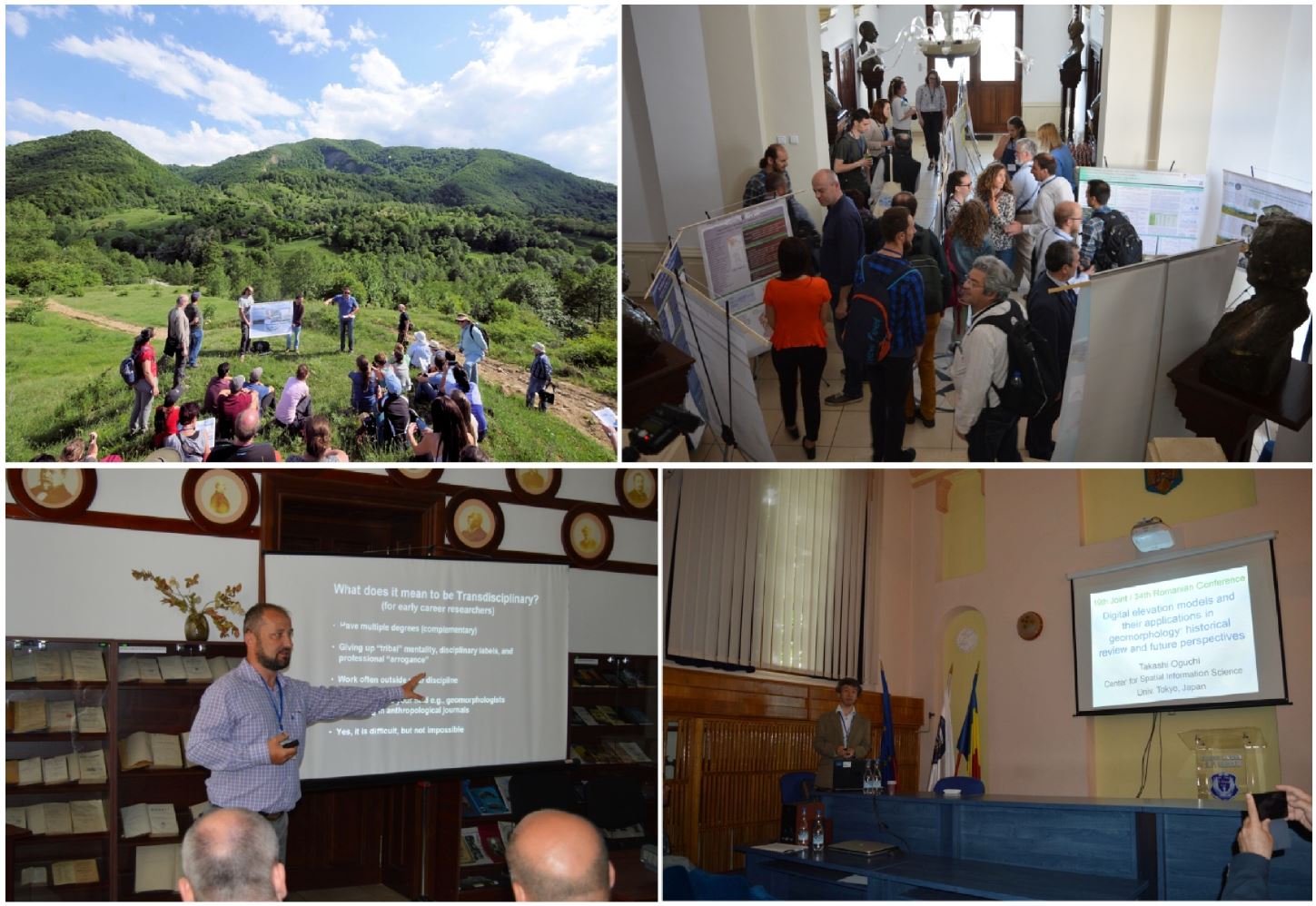
Following the active discussions held during both lectures and field trips, we are positive
that the conference opened new research ideas and collaboration initiatives. The 20th edition of the Joint Geomorphological Meeting will take place in Greece, organized by the Hellenic Committee for Geomorphology and Environment.
 The Council of the International Association of Geomorphologists, comprised of its National Scientific Members convened virtually on 19 January 2021. 48 people were in attendance with 35 NSM who cast votes (>70% of the membership). Three important decisions were taken which will shape the actions of the IAG until 2022:
The Council of the International Association of Geomorphologists, comprised of its National Scientific Members convened virtually on 19 January 2021. 48 people were in attendance with 35 NSM who cast votes (>70% of the membership). Three important decisions were taken which will shape the actions of the IAG until 2022:
 The 10th International Conference of the International Association of Geomorphologists (IAG) will take place in Coimbra (Portugal) from 6th to 10th September 2021, under the theme ‘Geomorphology and Global Change’. We anticipate a bustling scientific programme representing the latest innovations in theoretical, methodological and applied approaches in geomorphology. The organisers, APGeom, are proud that the conference will be in Coimbra – a medium-sized city, rich in history and heritage, and strongly connected with its University, one of the oldest in Europe (730 years old) and a UNESCO World Heritage site since 2013. Our programme will include opportunities to explore the diverse geomorphology of Portugal – from the mountains of Minho, through the Central Cordillera, passing carbonate and karstified massifs, quartzitic mountains and by the plateaus of “Meseta” and Alentejo, down to a coastline with beach-dune systems, cliffs and estuaries of ecological value. Field trips such as to the Serra da Estrela, the Alentejan and Algarve coasts, the Cape Vert – Fogo island, the Azores and Madeira islands, etc. will be proposed around the conference dates and the usual opportunity will be offered to young geomorphologists to participate in a one-week intensive training course associated with the conference. Please find,
The 10th International Conference of the International Association of Geomorphologists (IAG) will take place in Coimbra (Portugal) from 6th to 10th September 2021, under the theme ‘Geomorphology and Global Change’. We anticipate a bustling scientific programme representing the latest innovations in theoretical, methodological and applied approaches in geomorphology. The organisers, APGeom, are proud that the conference will be in Coimbra – a medium-sized city, rich in history and heritage, and strongly connected with its University, one of the oldest in Europe (730 years old) and a UNESCO World Heritage site since 2013. Our programme will include opportunities to explore the diverse geomorphology of Portugal – from the mountains of Minho, through the Central Cordillera, passing carbonate and karstified massifs, quartzitic mountains and by the plateaus of “Meseta” and Alentejo, down to a coastline with beach-dune systems, cliffs and estuaries of ecological value. Field trips such as to the Serra da Estrela, the Alentejan and Algarve coasts, the Cape Vert – Fogo island, the Azores and Madeira islands, etc. will be proposed around the conference dates and the usual opportunity will be offered to young geomorphologists to participate in a one-week intensive training course associated with the conference. Please find, 
 Coming soon the 30th National Conference of the Indian Institute of Geomorphologists (IGI) being held in New Delhi 03-05 October, 2018. The focal theme is “Geomorphology, Environment and Society” and the event is organized by Department of Geography, Faculty of Natural Sciences, Jamia Millia Islamia. Participants are requested to send their abstracts by 15th August, 2018 and after acceptance, full papers for publication in the conference proceedings need to be received by 20th September, 2018.
Coming soon the 30th National Conference of the Indian Institute of Geomorphologists (IGI) being held in New Delhi 03-05 October, 2018. The focal theme is “Geomorphology, Environment and Society” and the event is organized by Department of Geography, Faculty of Natural Sciences, Jamia Millia Islamia. Participants are requested to send their abstracts by 15th August, 2018 and after acceptance, full papers for publication in the conference proceedings need to be received by 20th September, 2018.







